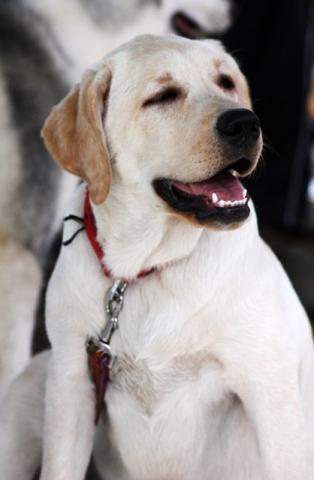
This is the fourth in a series on Bourbon by Zach Pearson. Read them all: Bourbon, Bourbon After the Act, Bourbon: What it is ... and isn't, Making Bourbon, Who Makes My Bourbon, Producer Capsules., Finding the Good Stuff, Tasting the Good Stuff, Neat, Mashbills, Geeky Information and Resources.
This is really pretty simple. A distiller buys grains off the commodity market: corn, wheat, rye, whatever their recipe demands. They also buy malted barley from a supplier; none of the large Bourbon distillers grow their own grains or malt their own barley. Each grain is milled into meal, which takes specialized equipment for each grain, then everything is cooked together, with the addition of each grain happening at a different temperature. Starch to sugar conversion is allowed to take place (due to the enzymes in the malted barley), then fermentation is started, typically with a secret yeast strain. After this, everything is dumped into a column still, where a first distillation happens. This liquid (at about 80 proof) is pumped into a doubler still where a second distillation takes it to between 110 and 150 proof. The spent grain, historically fed to pigs is removed from the still and a portion of it is used to “sour” the next batch of grain, ensuring proper pH for yeast growth.
After distillation, the "White Dog" unaged distillate is diluted with water to barrelling proof between 110° and 125°, transferred into new charred American oak barrels, and stored in a rickhouse (or rackhouse, if you’re not from Kentucky). These are literally metal sided wooden sheds where hundreds or thousands of barrels are stored in stacks that can be 30 or 40 feet high. These typically have lots of ventilation, so that during the summer, heat pushes the young Bourbon into the wood and in winter, cold pulls it back out. The reaction of the charcoal layer with the young whiskey neutralizes fusel oils and congeners that make young whiskey harsh and unpleasant.
Interestingly enough, the height the barrel’s stored will determine the finished proof. On the first couple of tiers, it’s cool enough that after aging, the proof of the whiskey will be lower than when it started. At the higher elevations, this is reversed, and some barrels can reach 140 or 150 proof as the water evaporates faster.
Boulevardier
Stir, strain, straight up, cocktail glass
Rickhouses are also incredibly flammable. Out in the country in Kentucky, there’s a lot of lightning strikes, and from time to time, metal and wood rickhouses get struck, catch fire, and burn to the ground. No fire department will put them out, so they’re usually just allowed to burn. Most recently, the November 7th, 1996 fire at Heaven Hill destroyed two percent of all the Bourbon aging in the world, along with the distillery itself.
After an appropriate aging period, barrels are tested for quality and consistency, then dumped into a large tank for bottling. At this point, the proof of the Bourbon may be reduced with water to no less than 80 proof.
Next time: Who Makes my Bourbon?